On November 2, US Secretary of War Pete Hegseth paid an official visit to Vietnam, demonstrating the US's commitment to strengthening defense relations with Vietnam and continuing to promote the comprehensive strategic partnership between the two countries.
During his talks with Defense Minister Phan Van Giang, Mr. Hegseth affirmed that the US will continue to support Vietnam in the fields of transnational crime prevention, humanitarian relief, officer training, overcoming war consequences, and improving maritime security capacity.

US Undersecretary of the Navy Hung Cao (front row, third from right) accompanies Secretary of War Pete Hegseth (front row, second from right) during an official visit to Vietnam in Hanoi , November 2, 2025.
During this visit, observers paid special attention to the appearance of Mr. Hung Cao - a Vietnamese-American who was recently appointed as Deputy Secretary of the Navy, or the second civilian official of the US Navy.
In the United States, the Department of the Navy (DON) is one of three “military departments” under the Department of War (the new name of the Department of Defense ). The other two are the Department of the Army and the Department of the Air Force. The Department of the Navy is responsible for organizing, training, and equipping two forces: the US Navy and the US Marine Corps. In times of war, the US Coast Guard can also be ordered to transfer to the Department of the Navy to coordinate operations.
The head of the Department of the Navy is the Secretary of the Navy – a civilian official appointed by the President and confirmed by the Senate.
Below the Secretary is the Deputy Secretary for Operations and Management. According to the description on the official website of the US Navy, this is the “Chief Operating Officer” and the “Chief Management Officer” of the entire Department of the Navy. The person in this position oversees the activities of nearly one million service members in the Navy, Marine Corps and civilian sector, and an annual budget exceeding $250 billion.
The existence of such a position reflects the fundamental principle of the US military system: “Civilian control of the military.” This means that, although the military is an armed force, all organizational activities, budgets, and policies must be headed by civilians. The Secretary and Deputy Secretary of each military department are responsible for “administrative management,” while the Service Commanders focus on training and preparing the force.
The organizational structure of the US military is thus divided into two parallel lines: one side is civilian administration, the other side is operational command.
A Bell AH-1 Cobra attack helicopter, used in the U.S. Army Bicentennial Parade and Celebration, prepares to land on the National Mall in Washington, DC, U.S., June 11, 2025. (Photo: Al Drago/Reuters/File Photo)
Administratively, the three military departments (Army, Navy, Air Force) are responsible for organizing, training, and equipping their forces. When these forces are ready, they are assigned operational command to the Combatant Commands (COCOMs).
Under the Goldwater–Nichols Act of 1986, the US military's operational chain of command was defined as follows: the President commands the Secretary of War, who commands the Commanders of the COCOMs.
Meanwhile, the Joint Chiefs of Staff – including the Commanders of the Navy, Army, Air Force, Marine Corps, Space Force, and National Guard – serve only as strategic advisors to the President and Secretary of War, and do not directly exercise operational command.
The United States currently has 11 unified commands. Some are regional, such as INDOPACOM (Indo-Pacific), EUCOM (Europe), CENTCOM (Middle East), SOUTHCOM (Latin America), AFRICOM (Africa). Others are functional, such as STRATCOM (strategic and nuclear deterrence), SOCOM (special operations), CYBERCOM (cyber warfare), or SPACECOM (space warfare). When a fleet or Marine Corps unit is “assigned” to a COCOM, full command authority rests with the COCOM commander.
Within the Department of the Navy, the military commanders—such as the Chief of Naval Operations (CNO) of the Navy and the Commandant of the Marine Corps (CMC) of the Marine Corps—are responsible for expertise, training, and organization. They also serve as members of the Joint Chiefs of Staff, serving as strategic advisors to the President and Secretary. The Secretary of the Navy and Deputy Secretary are responsible for the entire civilian side of the Navy: planning the budget, overseeing weapons procurement, building infrastructure, developing personnel, and ensuring transparent management policies.
Source: https://vtcnews.vn/ong-hung-cao-den-viet-nam-tai-sao-my-co-thu-truong-bo-hai-quan-quan-doi-my-to-chuc-ra-sao-ar985077.html













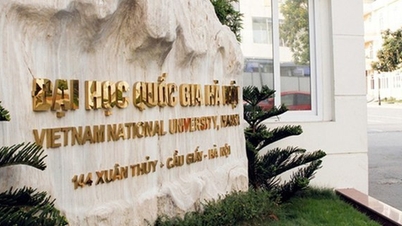


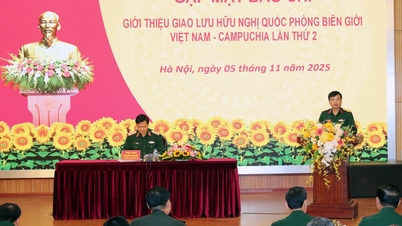


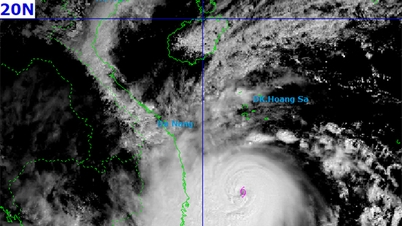

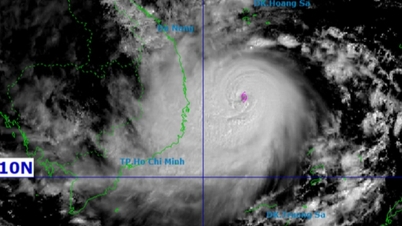









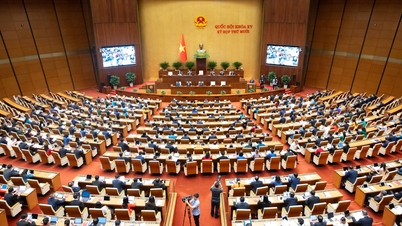






![[Photo] Opening of the 14th Conference of the 13th Party Central Committee](https://vphoto.vietnam.vn/thumb/1200x675/vietnam/resource/IMAGE/2025/11/05/1762310995216_a5-bnd-5742-5255-jpg.webp)














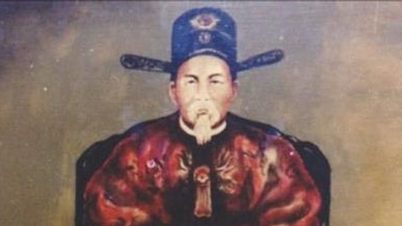


























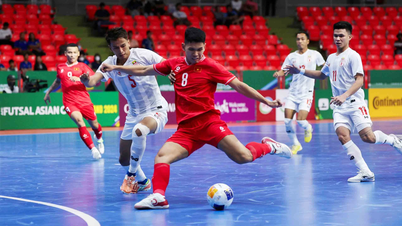































Comment (0)